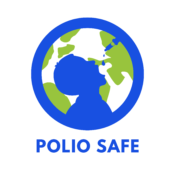Welcome to PolioSafe
PolioSafe is a global initiative committed to the eradication of polio and the protection of communities worldwide. Our work focuses on providing resources, educating communities, and supporting vaccination programs to stop polio in its tracks. Together, we can create a future free from the threat of this devastating disease.
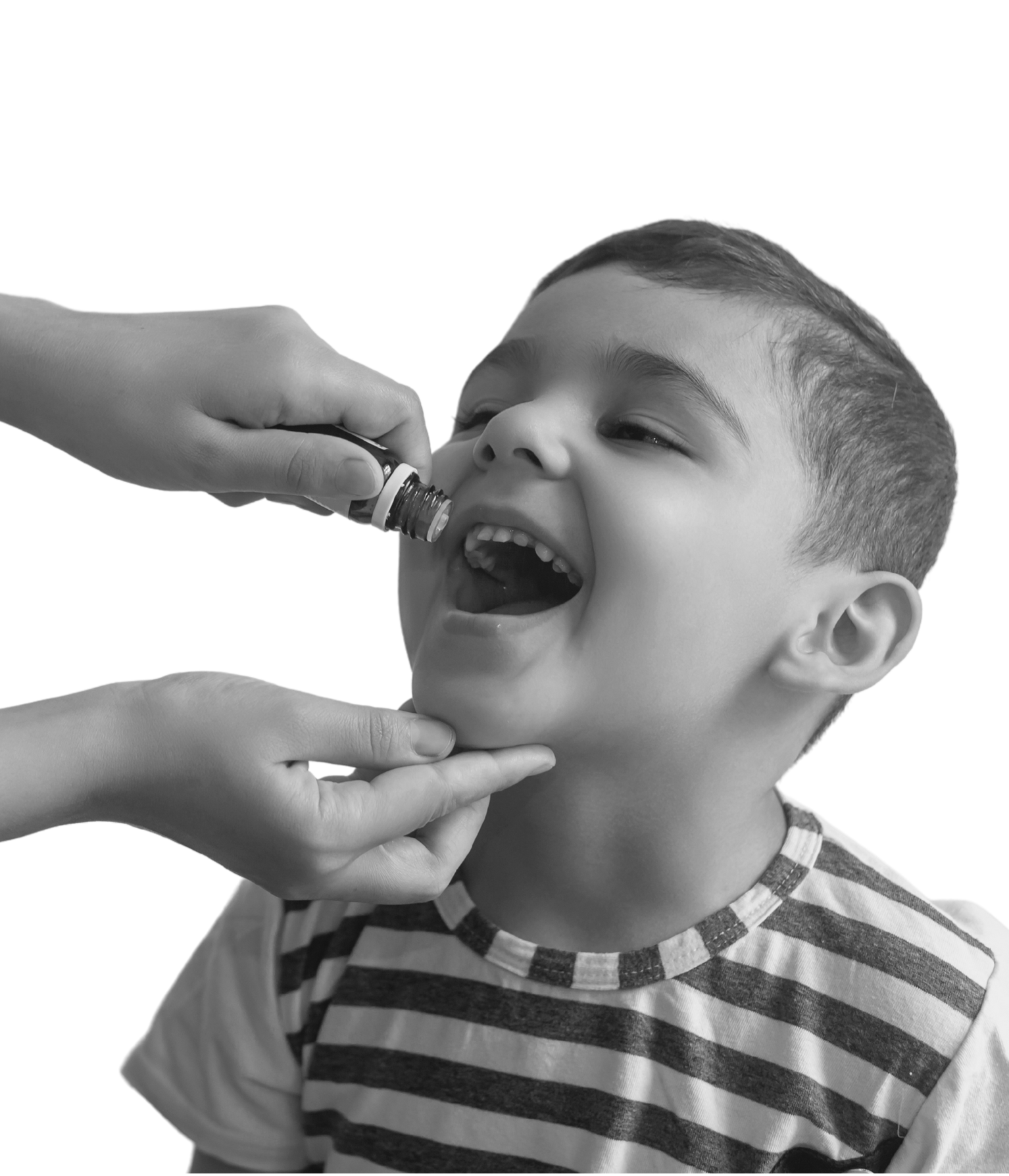
(based on recovery rates)
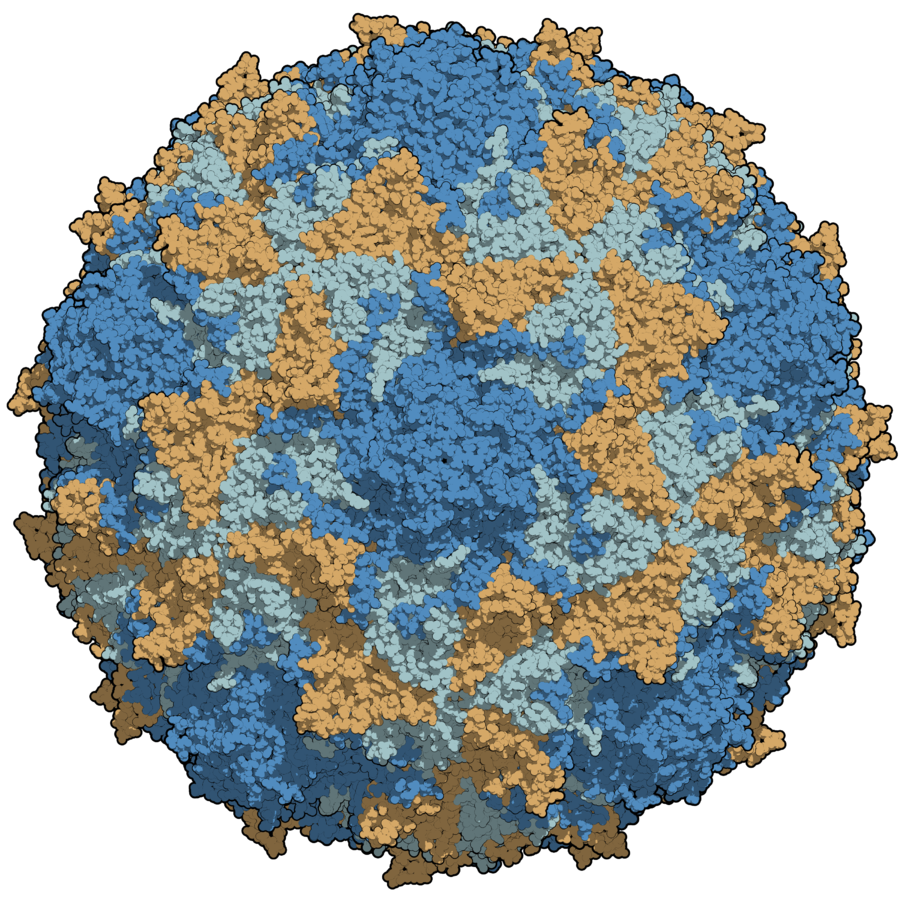
About Polio Virus
What is Polio Virus?
Polio, or poliomyelitis, is a highly contagious viral disease caused by the poliovirus, which primarily affects young children. It spreads through contaminated water, food, or close contact with an infected person. Most infections are mild or asymptomatic, but in severe cases, the virus invades the nervous system, leading to muscle weakness or paralysis. Approximately 1 in 200 cases results in irreversible paralysis, and among these, some may die due to respiratory failure. Polio can be prevented through effective vaccination, and global eradication efforts have significantly reduced its prevalence, though it remains a concern in a few regions.
About Poliosafe
Why We Exist
Polio remains a real danger in some regions, posing a threat to children and communities. At PolioSafe, we believe that no child should have to face this preventable disease. Our mission is to close the gap in polio prevention through outreach, education, and on-the-ground support for vaccination efforts.
What We Do
- Awareness: We provide accessible, accurate information about polio, its risks, and the critical importance of vaccination.
- Vaccination Support: We work with health providers to expand vaccination coverage, focusing on underserved and at-risk areas.
- Community Engagement: We partner with local leaders, healthcare providers, and volunteers to make polio prevention a community effort.
Our Impact
Through our work, we have helped vaccinate thousands of children and reached countless families with lifesaving information. PolioSafe’s programs are active in high-risk regions, delivering resources where they are needed most. With your help, we are building a future where polio is nothing but a distant memory
Symptoms
What are the symptoms
of
Polio Virus?
01.
Fever & Headache
A common early symptom and Mild to severe pain in the head.
02.
Fatigue / Tiredness
General tiredness or weakness.
03.
Nausea and Vomiting
Digestive upset, sometimes leading to dehydration.
04.
Sore Throat
Discomfort or pain while swallowing.
05.
Muscle Weakness or Pain
Can progress to paralysis in severe cases.
06.
Acute Flaccid Paralysis
Inability to move certain parts of the body and in rare cases, death due to respiratory failure
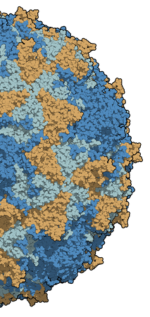
Fecal-oral transmission
Person-to-person contact
Respiratory droplets
Contaminated surfaces
Polio Contagion
How does POLIO Spread?
Polio spreads mainly through the fecal-oral route, where the virus is excreted in the feces of an infected person and can contaminate food, water, or surfaces, leading to infection when these are consumed or touched. It can also spread through direct person-to-person contact, especially in environments with poor sanitation or overcrowding. In some cases, the virus can be transmitted through respiratory droplets when an infected person coughs or sneezes. Additionally, contaminated surfaces can carry the virus, and when individuals touch these surfaces and then their mouth, nose, or eyes, the virus can enter the body.
POLIO Prevention
Take steps to protect yourself
Vaccination
Polio vaccination is the most effective method to prevent the disease. The oral polio vaccine (OPV) and inactivated polio vaccine (IPV) protect individuals from the virus, reducing the risk of paralysis and death. Ensuring that all children receive the full vaccination series is key to stopping the spread of polio.
Improved sanitation
Practicing good hygiene, especially washing hands with soap and clean water, can significantly reduce the risk of polio transmission. Proper sanitation, such as safe disposal of waste and cleaning of surfaces, prevents the fecal-oral route of infection, which is the primary way polio spreads.
Safe drinking water
Ensuring access to clean water helps prevent the spread of polio and other waterborne diseases. Proper filtration, treatment, and storage of water reduce the risk of contamination, which can occur when the virus enters water supplies. Safe drinking water also involves protecting water sources from contamination
Public health campaigns
Global immunization drives and health awareness campaigns play a crucial role in preventing polio. These efforts educate communities about vaccination, hygiene practices, and the importance of disease prevention, helping to increase immunization coverage and reduce outbreaks in high-risk areas.
facts & Myths
Here are Facts and Myths Regarding Polio
Facts:
Polio is highly contagious.
Polio is caused by the poliovirus, which spreads through contaminated food, water, or direct contact with an infected person’s saliva or feces.
Polio can cause paralysis.
Polio can lead to paralysis, particularly in the legs, if the virus attacks the nervous system. In severe cases, it can lead to death by affecting the respiratory muscles.
Polio is preventable by vaccination.
The polio vaccine, which is administered in multiple doses, is highly effective at preventing polio and its complications. There are two types of vaccines: the oral polio vaccine (OPV) and the inactivated polio vaccine (IPV).
Polio is almost eradicated globally.
Thanks to vaccination efforts, polio has been eradicated in most parts of the world. The disease remains endemic in just a few countries, with cases being extremely rare.
Polio can affect anyone.
While children under the age of 5 are the most vulnerable, polio can affect anyone, regardless of age, gender, or social status.
Myths:
Polio no longer exists.
While polio is nearly eradicated, it still exists in a few countries such as Afghanistan and Pakistan. There are ongoing efforts to fully eradicate it.
Polio vaccine causes autism.
There is no scientific evidence linking the polio vaccine to autism. This myth started from a discredited study and has been thoroughly debunked by medical research.
Polio is a disease of the past and doesn’t affect modern societies.
Polio remains a threat in some parts of the world where vaccination rates are low or interrupted. If vaccination efforts were stopped, polio could resurge.
You can catch polio from the vaccine.
The polio vaccine, especially the oral polio vaccine (OPV), is safe and cannot cause polio. In rare cases, OPV might cause a mild form of the disease in unvaccinated individuals, but the risk is minimal.
Polio only affects poor or underdeveloped countries.
Polio can affect any country, although it is more common in areas with poor sanitation, low vaccination rates, and limited access to healthcare. It is a global issue, and all countries need to maintain high vaccination rates to prevent its spread.
